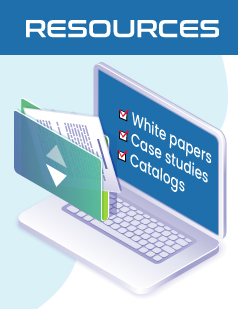
Cut Waste, Boost Yields: The Four Stages of Precision Agriculture with Falker
Agriculture is evolving. In a world where every drop of water, every gram of fertilizer, and every square meter of land counts, precision agriculture is no longer optional—it’s essential. By combining data, technology, and agronomic insight, farmers can now make smarter decisions that increase productivity, reduce costs, and protect the environment.
At the forefront of this transformation is Falker, a company that provides practical, accessible tools for every stage of the precision agriculture journey. Let’s explore how this approach works—and why it’s changing the future of farming.

- Know Your Field: The Power of Smart Data Collection
Every field is different—and so is every part of a field. The first step in precision agriculture is to identify variability in soil, crop health, and environmental conditions. This is done using tools like:
- Soil sensors to measure moisture, compaction, and nutrient levels
- Drones and satellite imagery to detect plant stress and growth patterns
- Field mapping tools to create georeferenced data layers
Falker’s solutions, such as the Falker Map platform and Soil Compaction Meter, make it easy to gather this data accurately and efficiently, even in large or remote areas.
 From Data to Decisions: Making Sense of What You See
From Data to Decisions: Making Sense of What You See
Once data is collected, the next step is to analyze and interpret it. This is where the real value of precision agriculture begins to emerge. Using software platforms, farmers can:
- Visualize field variability in maps and graphs
- Identify trends in soil fertility, pest pressure, or water distribution
- Compare historical data to current conditions
Falker’s software tools help transform complex datasets into clear, actionable insights, enabling farmers to make informed decisions based on real conditions—not assumptions.
- Plan with Precision: Tailored Strategies for Every Zone
With a clear understanding of field variability, farmers can now plan interventions that are tailored to the specific needs of each zone. This might include:
- Adjusting fertilizer rates based on soil nutrient levels
- Modifying irrigation schedules according to moisture data
- Planning crop rotation or planting density based on historical performance
This stage is where efficiency meets sustainability. By applying inputs only where needed, farmers reduce waste, lower costs, and improve environmental outcomes.
- Act with Accuracy: Smart Application in the Field
The final stage is execution—applying the right treatment, in the right place, at the right time. With GPS-guided machinery and variable rate technology, farmers can:
- Apply fertilizers, pesticides, and water with pinpoint accuracy
- Reduce overlap and input waste
- Monitor application in real time
Falker’s tools integrate seamlessly with modern agricultural equipment, ensuring that data-driven decisions are implemented with precision in the field.
Why Falker?
Falker stands out by offering a complete, farmer-friendly ecosystem for precision agriculture. Their tools are designed to be:
- Accessible: Easy to use, even for those new to digital farming
- Affordable: Scalable solutions for farms of all sizes
- Reliable: Built for real-world agricultural conditions
- Integrated: From data collection to application, everything works together
Whether you're just starting with precision agriculture or looking to scale your efforts, Falker provides the technology, support, and expertise to help you succeed.
Conclusion
Precision agriculture isn’t just about technology—it’s about making better decisions. By following a structured, four-stage approach, farmers can unlock the full potential of their land while reducing environmental impact and increasing profitability.
With Falker’s integrated solutions, precision agriculture becomes not only possible—but practical.
Contact us to learn more.





